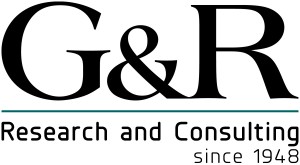In a new study of advertising content that combined both neuro-physiological measures and traditional copy test measures, G&R has found that the two assessment approaches can yield different guidance when evaluating copy effectiveness. Commercials with strong emotional activation as measured by facial electromyography (fEMG) may not have high recall or persuasion, and visa-versa. In other studies, we have found positive correlations between fEMG and recall or fEMG and persuasion.
The traditional way to assess the effectiveness of a commercial is to ask viewers what they remember from the commercial and what their reactions were to the content. These “self-report” measures help in assessing whether respondents heard and understood what was communicated, whether it positively influenced buying dispositions, and whether it successfully registered the brand name. fEMG introduces emotional affect into the analysis by providing information on pre-conscious processing which adds insight about whether the selling ideas resonate emotionally.
The distinction is important because commercials should communicate selling messages and connect them with underlying values and beliefs. This research shows that just as commercials may have high recall and low persuasion, they may also have high or low emotional activation. This may help to explain why some commercials with high copy test measures can do poorly in the marketplace and why commercials with high emotional value can have low recall and or persuasion.
Multiple measures of advertising effectiveness have been important since the mid 1960’s, but this research supports the idea that multiple measures should now include both survey and neuro dimensions.
For information on the study, and how to purchase the report, please visit https://www.gandrllc.com/emotional-response-to-hotel-ads

Comments are closed.